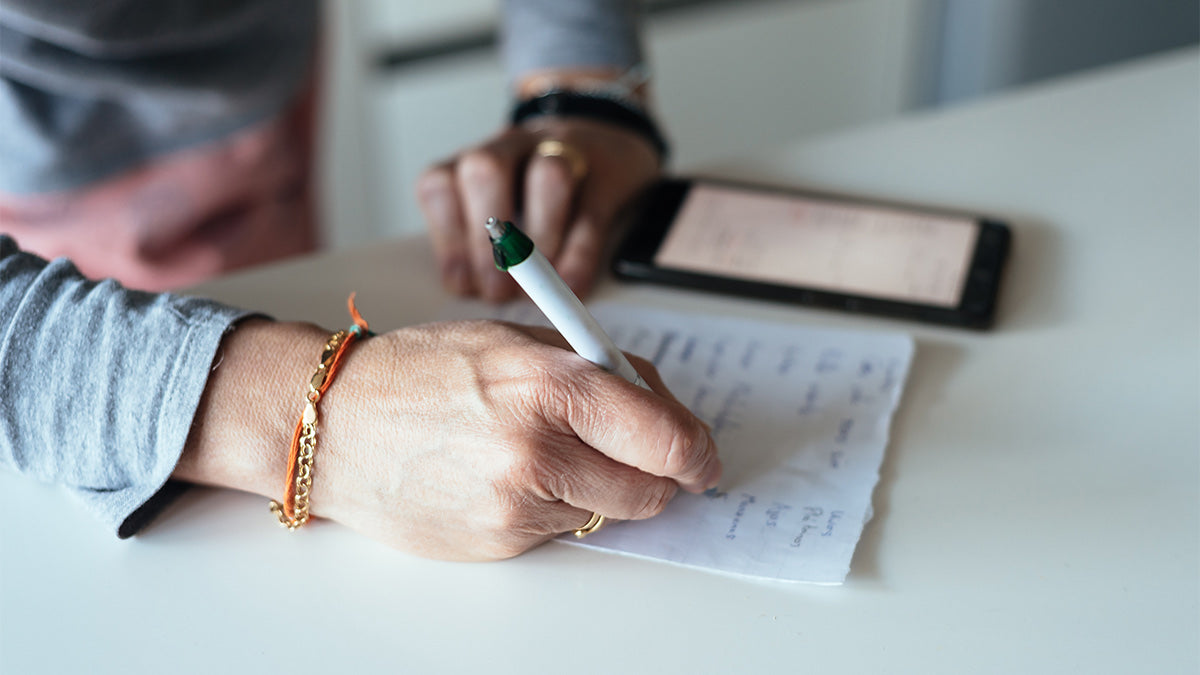Here's something that might surprise you: 83% of U.S. adults have already taken three or more preparedness actions, according to FEMA's 2024 National Household Survey.
That's up from just 57% the year before!
Let that sink in for a moment. Four out of five Americans are actively preparing for emergencies.
So why do so many of us still feel like we're not "prepared enough"? Why do we hesitate to take those first steps toward real peace of mind?
The answer lies in the myths we tell ourselves—misconceptions that make preparedness seem harder, weirder, or more expensive than it actually is. Today, we're busting those myths wide open and showing you just how simple it can be to protect your family's comfort and security.
Myth #1: "I'm not a prepper, so emergency preparedness isn't for me"
While only about 6% of Americans consider themselves "preppers," almost everyone has taken at least one preparedness action. That means your neighbors, coworkers, and probably even your skeptical brother-in-law all have flashlights, extra batteries, or cases of water tucked away somewhere.
The truth is, being prepared isn't about bunkers or bizarre survival scenarios. It's about being a responsible adult who plans ahead—just like you already do with car insurance, retirement savings, or keeping Band-Aids in the medicine cabinet.
What to Do Instead: Reframe preparedness as what it really is: smart planning. Plain and simple. You're not a "prepper"—you're a planner. You're someone who keeps extra food in the pantry and batteries that actually work. You're building what we like to call "everyday resilience."

Start by making a simple list of the disruptions your family has actually faced: power outages, snowstorms, that time the water main broke. Preparing for real scenarios you've experienced is just common sense, not extreme behavior. It also makes it easier to wrap your head around.
Myth #2: "Getting prepared is too expensive"
Most people will happily spend $5 on a fancy coffee or $15 on lunch, but somehow, spending the same amount on emergency supplies feels excessive. It's not about the money, it's about how we frame it.
Basic preparedness – like this handy Can Opener or our Water Treatment Tablets – cost less than most people spend on streaming services each month.
We’re not saying you should skip your favorite Netflix series to afford basic supplies…

Instead, you can try the "skip and swap" approach. Once a week, skip one small luxury—that coffee shop visit, that impulse candy bar, that magazine at the checkout. Put that money toward one preparedness item instead. It adds up!
Myth #3: "I don't have space for a bunch of survival supplies"
Not everyone has a basement or spare room, and that's perfectly fine. Some of the most prepared families we know live in studio apartments. The difference? They've gotten creative with the space they have.
Smart storage is the answer:
- Collapsible water containers that shrink to almost nothing when empty
- Under-bed storage boxes for canned goods
- Over-door organizers for first aid supplies
- Stackable buckets that don’t take up a lot of space
Look for underutilized areas! Under beds, top shelves of closets, behind doors, even that awkward corner in the laundry room. You'll be surprised how much you can store when you think vertically and get creative.
Myth #4: "Nothing bad ever happens in my area"
For some folks, it might feel like they’re outside of most major disasters you hear about on the news…
But in today’s interconnected world, everything affects everything.
For example, remember how quickly store shelves ran out of toilet paper a few years back when people started reading headlines about a certain virus?

Or how no one could afford eggs for a brief period in 2025, because of forces outside of our control?
That happened in the safest suburbs and the biggest cities alike.
The truth is, there’s no such thing as being "too far from trouble” anymore. That’s why everyone should make sure they’re ready for unexpected emergencies, no matter where they live.
Think about the little disruptions you've already lived through: power outages during storms, empty bread aisles before a blizzard, or that time everyone's phones went down for a few hours. Preparing for these everyday realities isn't paranoid—it's common sense.
Myth #5: "It's too complicated and overwhelming to know where to start"
Open any preparedness website and you might feel overwhelmed by the options. Food, water, power, medical supplies, communications gear—where do you even begin?
Here's the truth: You don't need everything at once. Trying to do everything at once is actually counterproductive. The most prepared families built their readiness slowly and strategically.
The best approach is to take small, strategic steps, and build your pantry and your confidence over time.
So are you ready to take a step that’s super affordable, but also incredibly crucial?
Our Water Emergency Essentials Collection makes it easy to check off all your water needs.
Small steps, big peace of mind.

